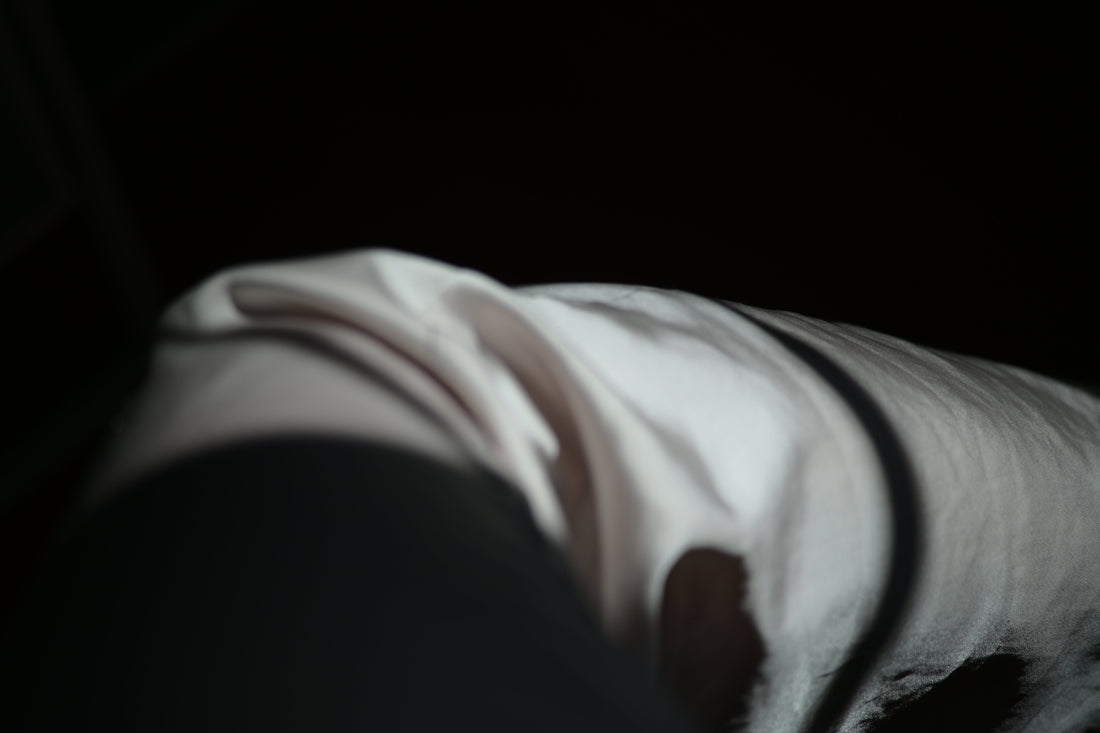
How to Wash Silk Pillowcases Without Ruining Them: Daily Silk Care Tips
Silk pillowcases are a luxurious addition to your bedding, offering benefits for both skin and hair. Proper care ensures they remain soft and durable.
How to Wash Silk Pillowcases?
This guide provides daily tips to help you maintain your silk pillowcases without causing damage.
The luxury and the risk
Silk is one of those fabrics that feels like a dream to wear—light, luxurious, and effortlessly elegant—but it also comes with the kind of high-maintenance personality that makes you think twice before tossing it in the wash.
If you’ve ever hesitated while holding a silk blouse over a sink or felt your heart skip a beat at the idea of ironing it, you’re not alone. Caring for silk doesn’t have to be intimidating, but it does require knowing what not to do.
So if you’re wondering how to wash silk without ruining it, or why that once-smooth scarf is now puckered, shrunken, or mysteriously shiny in patches, here’s what’s actually going on.

Heat: silk’s hidden weakness
Silk is a protein fiber spun by silkworms—basically nature’s most elegant engineering project—and like most natural materials, it reacts strongly to water, heat, and even the way it’s stored.
When washing your silk pillowcase at home. First thing’s first: silk is heat-sensitive. It doesn’t exactly melt like plastic, but it starts to degrade around 140°C to 160°C (that’s about 284°F to 320°F), and you’ll know it’s happening when the fabric yellows, stiffens, or turns brittle.
This is also why ironing silk can be tricky.
Yes, you can do it, but only at the lowest temperature, with a pressing cloth, and preferably on the reverse side. If your iron is too hot or you press in one spot for too long, you might end up with a shiny mark or a chalky white outline that wasn’t there before. These heat marks are permanent—and no, washing won’t fix them.
How to actually wash it
Now, onto the washing part. Silk doesn’t like extremes—no hot water, no harsh detergent, and definitely no wringing. The safest bet is a cold hand wash (think under 30°C), using a pH-neutral detergent made for delicates or silk specifically. Skip the bleach, skip the fabric softener, and treat the whole process like you’re washing something ancient and precious—because you kind of are.
After a gentle soak and swirl, rinse with cold water and resist the urge to twist it dry. Instead, press the water out with a towel (like you would with your hair), then lay it flat to dry in the shade. Never hang silk while it’s wet; the water weight can pull the fibers out of shape and leave you with a distorted silhouette. If you’ve ever seen silk go stiff or lose its luster after washing, it’s usually due to either high heat or improper drying.
Why silk shrinks and stretches
So what about shrinkage?It happens.
Silk has a natural shrinkage rate of around 3% to 10%, especially if it hasn’t been pre-treated. The more textured the weave (think crepe or georgette), the more prone it is to warping after washing.
And yes, silk is fragile—not in the way that it falls apart instantly, but in the sense that it doesn’t take much to snag, stretch, or dull the surface. A sharp ring, a rough nail, or even brushing against a wall can cause pulls or runs in the fabric.
If you do get a snag, don’t panic. Use a fine needle to gently pull the thread back through to the inside of the garment. Never cut the loop—doing that could unravel the weave entirely.
Keep it clean, but not too often
In terms of how often to wash silk, it depends on how close the item sits to your skin. For things like pillowcases or camisoles, every 1–2 wears is reasonable. For outer layers like blouses, you can stretch that to 4–5 wears or even longer if you air them out properly. Just don’t let sweat or body oils sit too long, because they can stain or stiffen the fibers over time.
During washing, don’t soak silk too long and don’t switch between hot and cold water rapidly—it shocks the fibers. Also, never use a tumble dryer, and definitely don’t try to “steam out” wrinkles with boiling water unless you want permanent deformation. Air-drying is best, ideally flat on a clean towel, in a cool, shaded area.

Store it like a treasure
When it comes to storing silk, less is more. Avoid direct sunlight, keep it in a cool, dry drawer or breathable garment bag (not plastic), and make sure the area is free of moisture or bugs.
If you really want to go the extra mile, tuck a small lavender pouch or cedar chip nearby—not for the scent, but to deter moths. And before putting silk away for the season, make sure it’s clean. Even invisible stains can oxidize over time and cause yellowing.
Final thought
The bottom line?
Silk isn’t hard to care for—it just doesn’t like shortcuts.
With proper care, your silk pillowcase can stay smooth, breathable, and beautiful for years—just follow the simple steps above.
Once you know what it needs (cool temps, gentle washing, low heat, and soft handling), it becomes second nature. In return, it rewards you with a fabric that’s breathable, beautiful, and enduringly chic—just like the Topology T-shirt, which offers a silky-smooth touch and skin-friendly comfort you can rely on every day.
